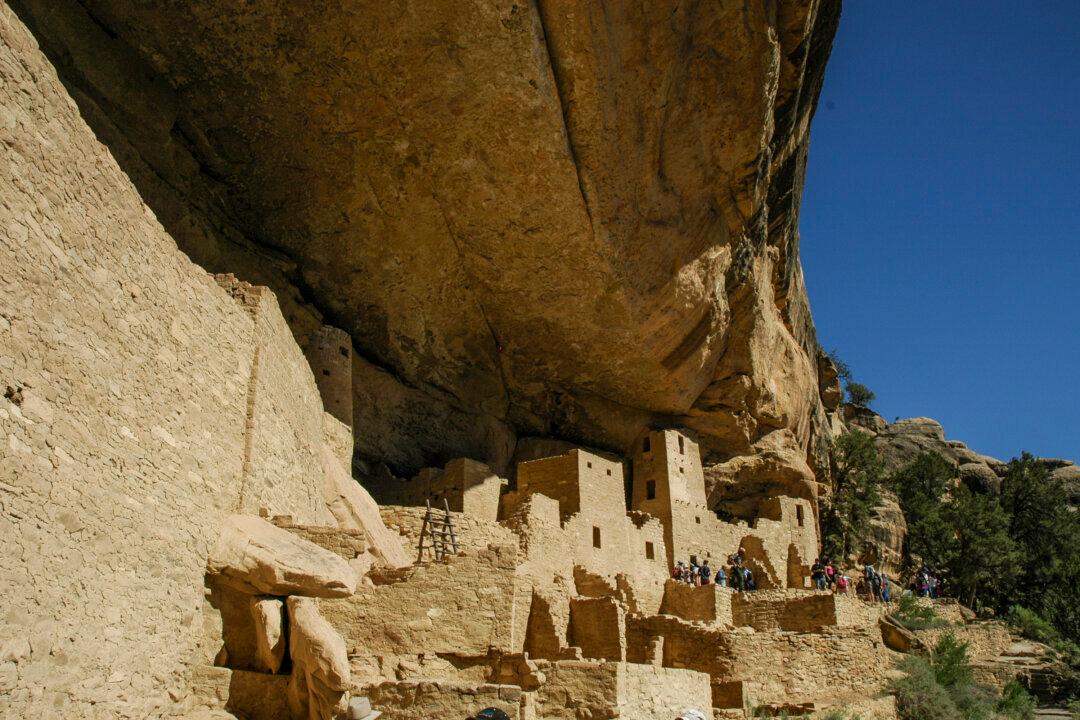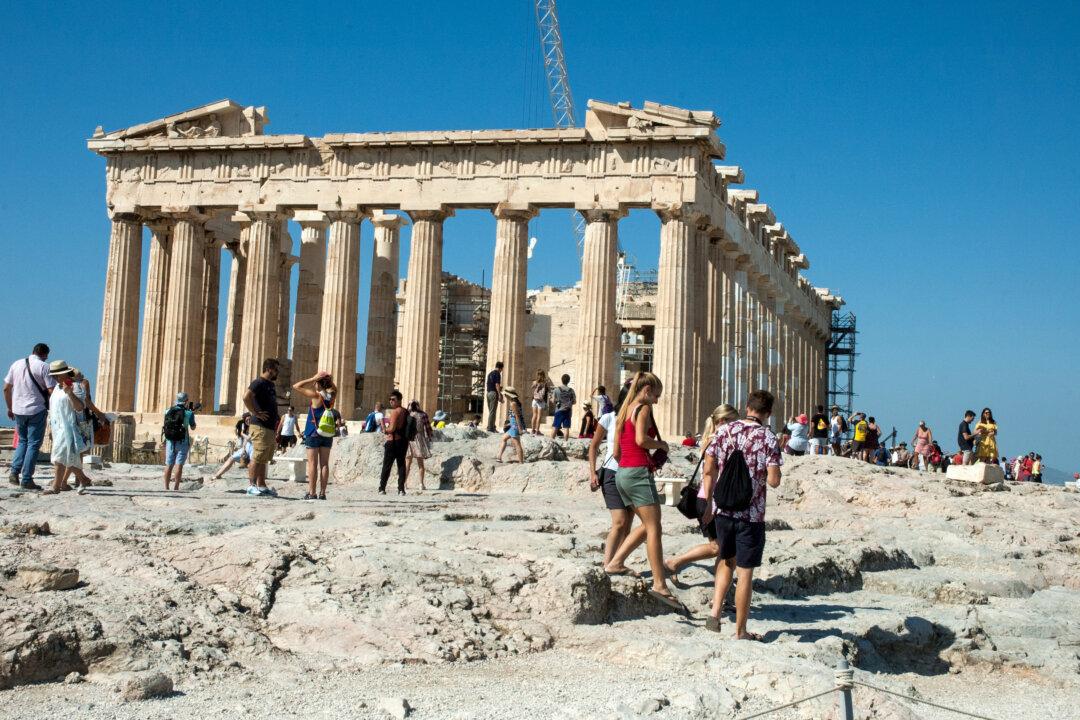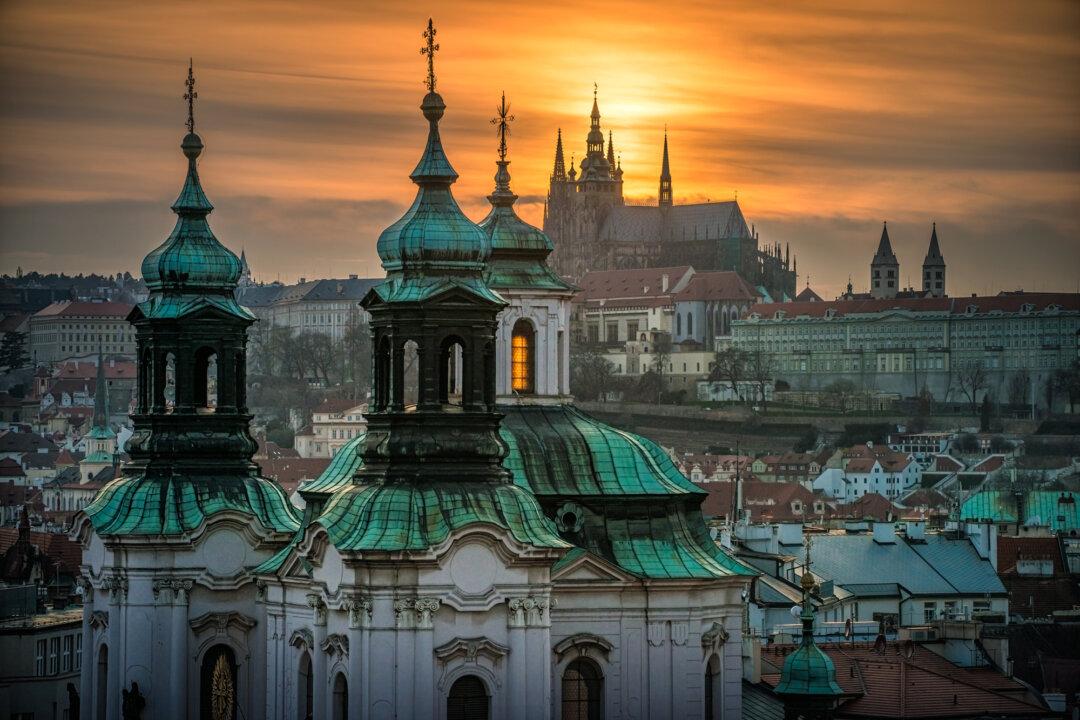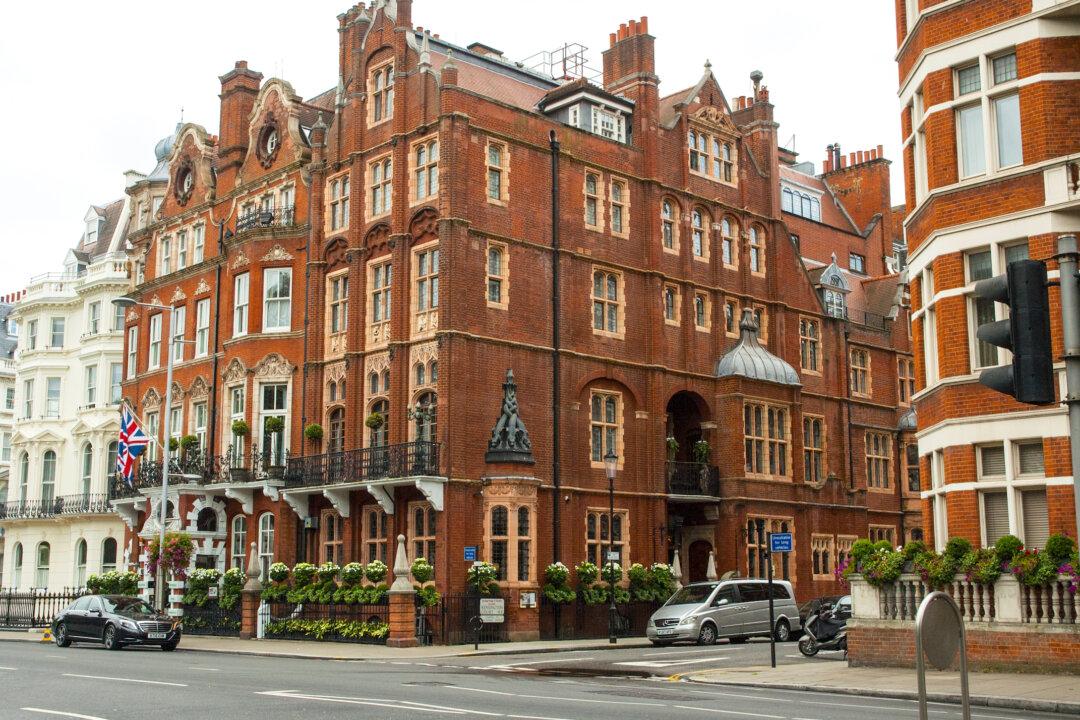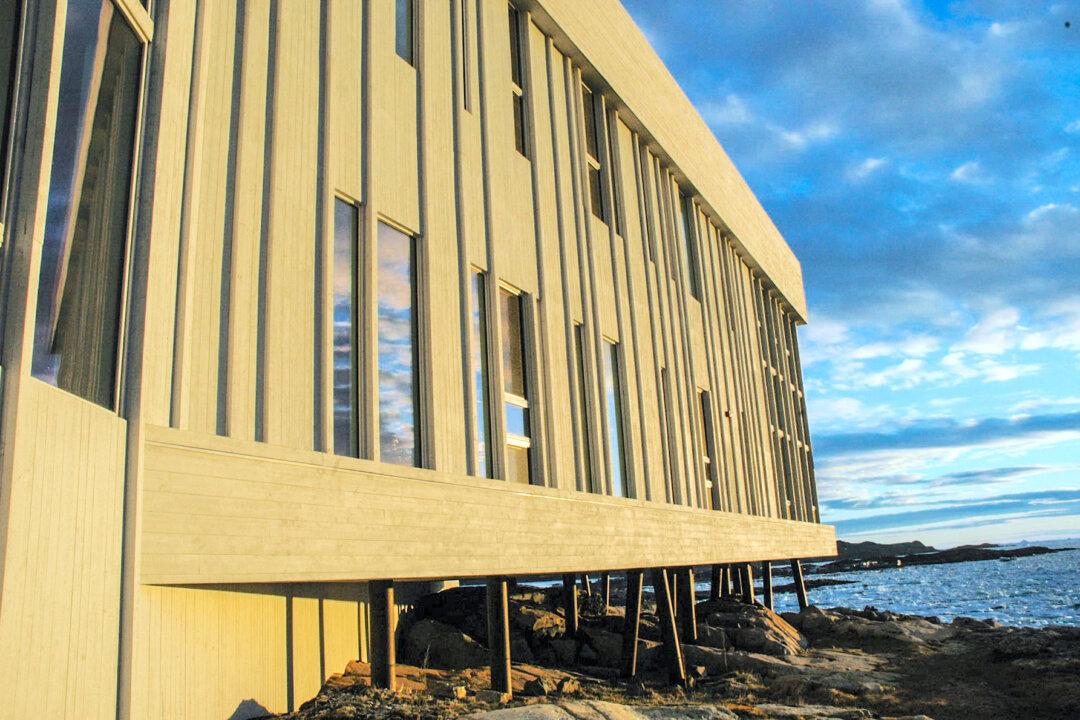It is very easy to romanticize about what life must have been like at the end of the 13th century at Mesa Verde National Park, a UNESCO World Heritage Site overlooking Montezuma Valley, Colorado.
Mornings come softly, even tenderly, and full of light. Light winds blow the fendlerbushes, golden asters and scarlet globemallow as songbirds awaken us. The sky appears endless, save for a distinctly modern image: three jetstreams that try to compete for the eye’s attention.
We are perched atop a high plateau at the only lodge here, from whose vantage point we can easily see Shiprock, New Mexico, as well as Arizona and Utah, whose borders all meet with Colorado’s at a nearby junction called the Four Corners.
Although these dwellings have long been emptied of all their archeological treasures, being amongst them truly fires the imagination.

